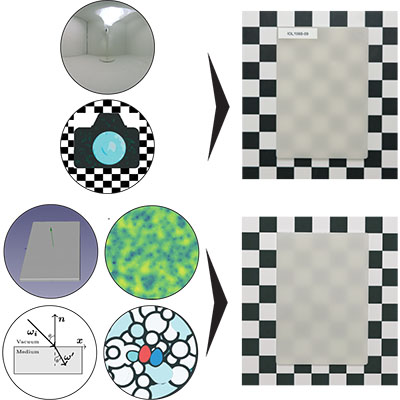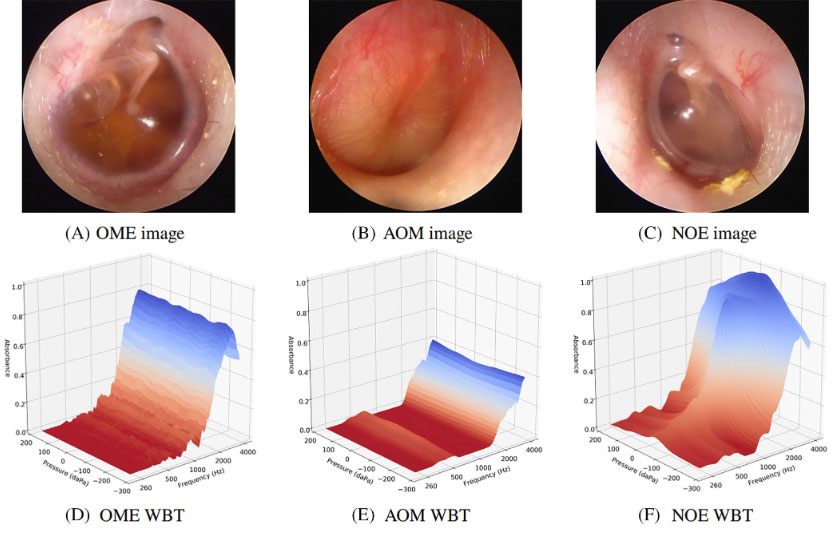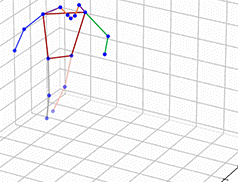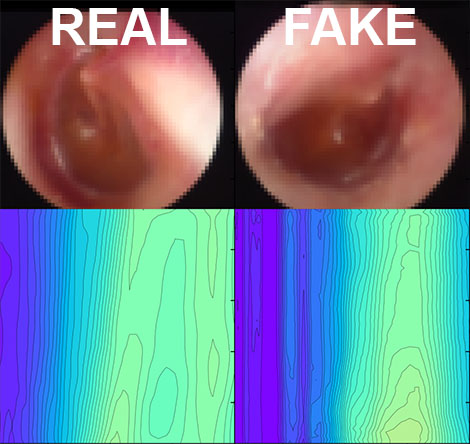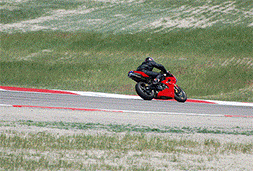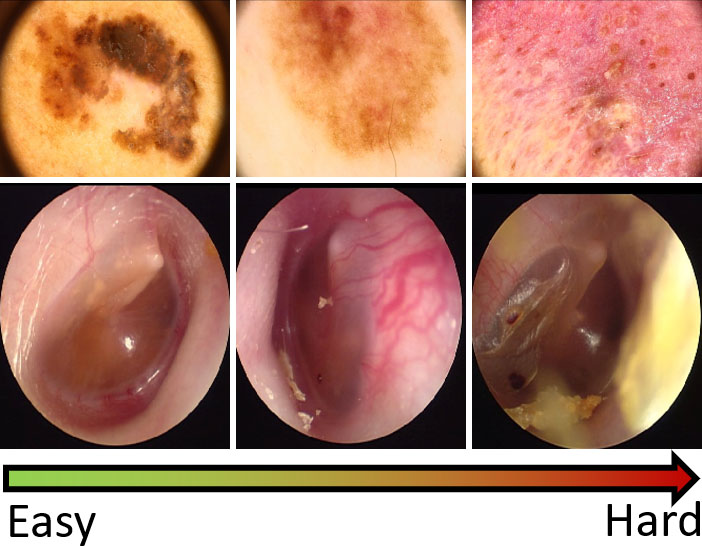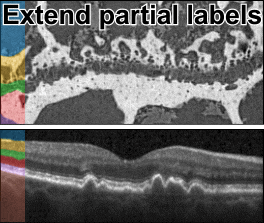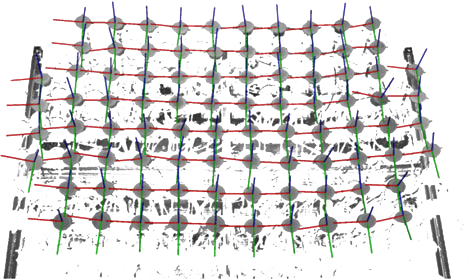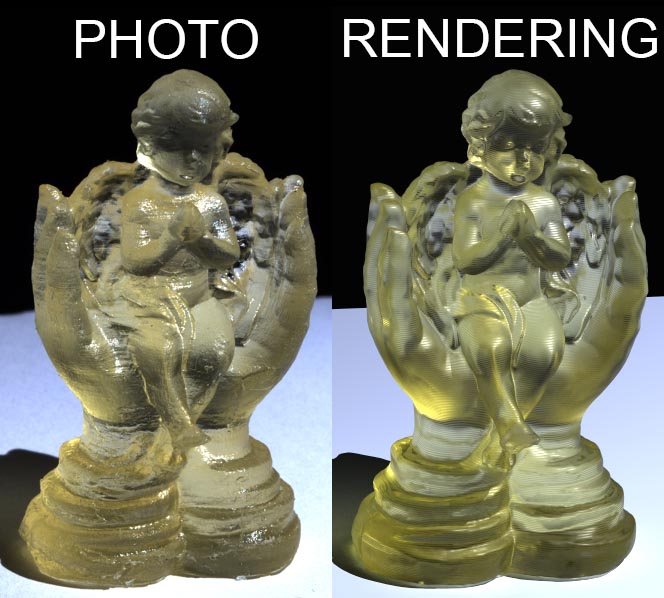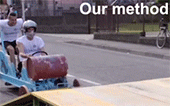Generalizability and usefulness of artificial intelligence for skin cancer diagnostics: An algorithm validation study
Niels K. Ternov, Anders N. Christensen, Peter J. T. Kampen, Gustav Als, Tine Vestergaard, Lars Konge, Martin Tolsgaard, Lisbet R. Hölmich, Pascale Guitera, Annette H. Chakera, and Morten R. Hannemose
JEADV Clinical Practice, Oct 2022
Artificial intelligence can be trained to outperform dermatologists in image-based skin cancer diagnostics. However, the networks’ sensitivity to biases and overfitting may hamper their clinical applicability. Objectives The aim of this study was to explain the potential consequences of implementing convolutional neural networks for stand-alone melanoma diagnostics and skin lesion triage. Methods In this algorithm validation study on retrospective data, we reproduced and evaluated the performance of state-of-the-art artificial intelligence (convolutional neural networks) for skin cancer diagnostics. The networks were trained on 25,331 annotated dermoscopic skin lesion images from an open-source data set (ISIC-2019) and tested using a novel data set (AISC-2021) consisting of 26,591 annotated dermoscopic skin lesion images. We tested the trained algorithms’ ability to generalize to new data and their diagnostic performance in two simulations (melanoma diagnostics and skin lesion triage). Results The trained algorithms performed significantly less accurate diagnostics on images of nevi, melanomas and actinic keratoses from the AISC-2021 data set than the ISIC-2019 data set (p < 0.003). Almost one-third (31.1%) of the melanomas were misclassified during the melanoma diagnostics simulation, irrespective of their Breslow thickness. Furthermore, the algorithms marked 92.7% of the lesions ‘suspicious’ during the triage simulation, which yielded a triage sensitivity and specificity of 99.7% and 8.2%, respectively. Conclusions Although state-of-the-art artificial intelligence outperforms dermatologists on image-based skin lesion classification within an artificial setting, additional data and technological advances are needed before clinical implementation.
 Two views are better than one: Monocular 3d pose estimation with multiview consistencyIn Proceedings of the IEEE/CVF International Workshop on Computer Vision in Sports, 2025
Two views are better than one: Monocular 3d pose estimation with multiview consistencyIn Proceedings of the IEEE/CVF International Workshop on Computer Vision in Sports, 2025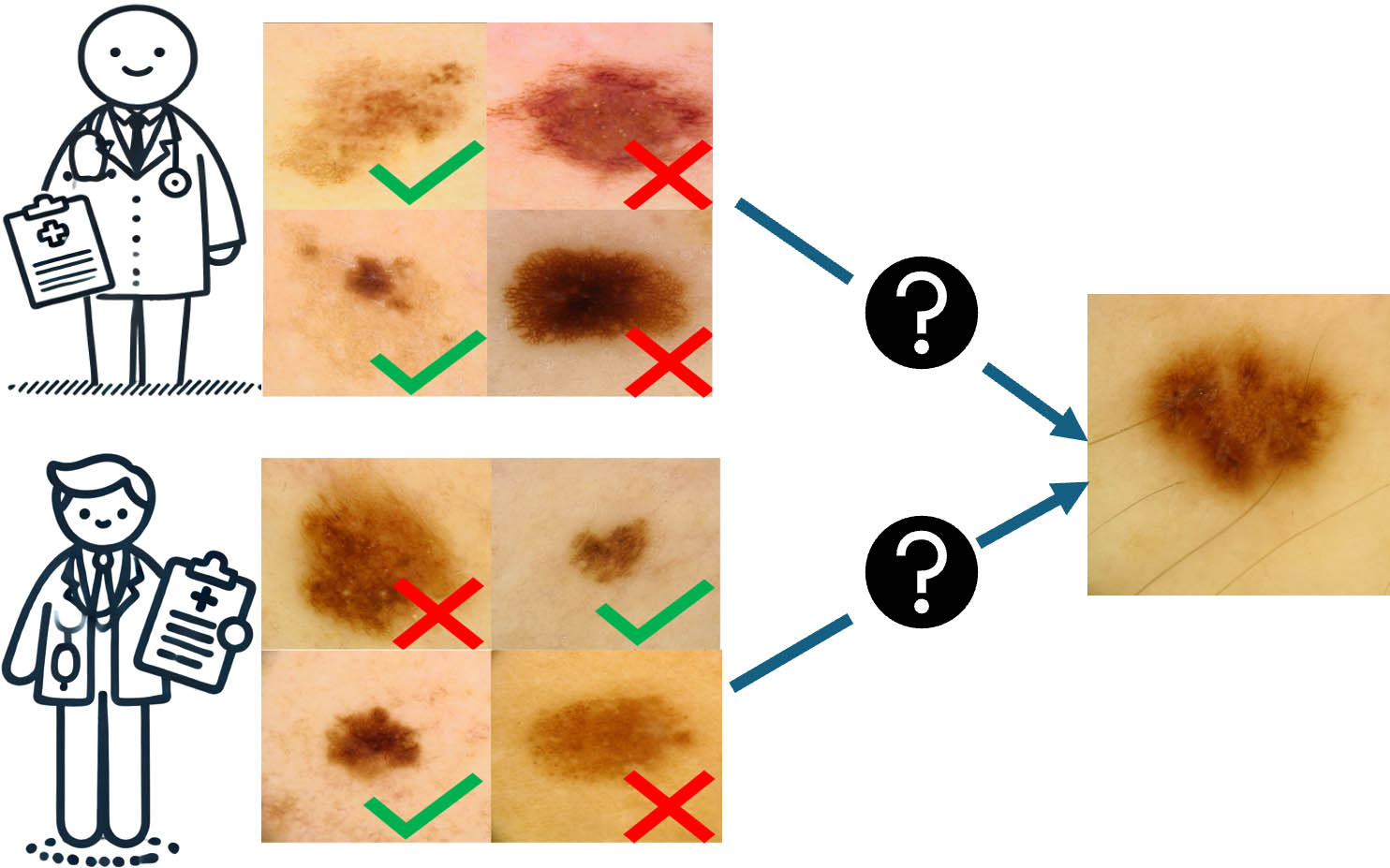 Is this hard for you? Personalized human difficulty estimation for skin lesion diagnosisIn Medical Image Computing and Computer Assisted Intervention – MICCAI 2024, Oct 2024
Is this hard for you? Personalized human difficulty estimation for skin lesion diagnosisIn Medical Image Computing and Computer Assisted Intervention – MICCAI 2024, Oct 2024